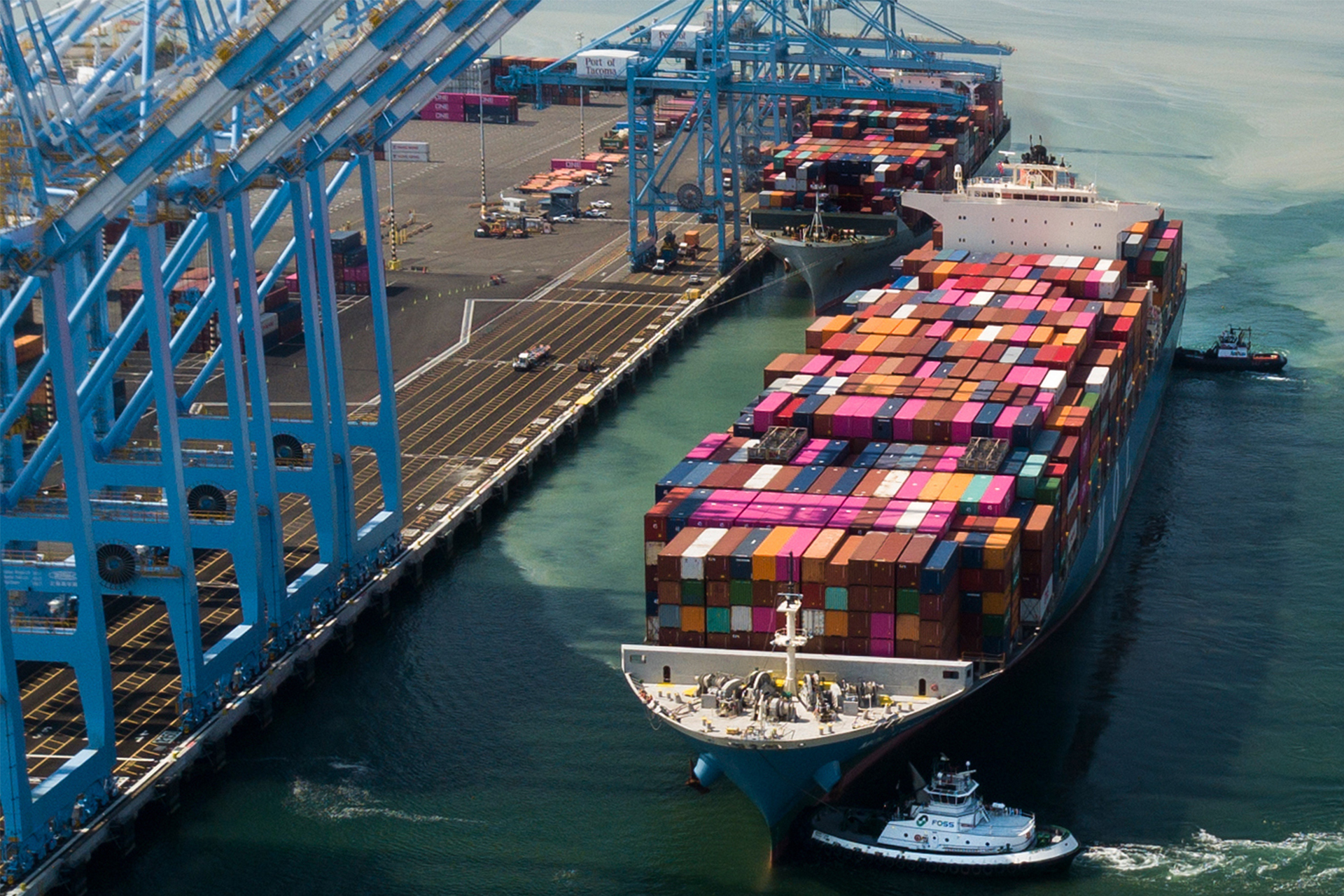In October, manufacturing sector economic activity grew, achieving a 17th consecutive month of gains, according to the latest Institute for Supply Management Manufacturing Report, but raw material and transportation challenges remain potential headwinds to further advances.
“The New Orders Index registered 59.8%, down 6.9 percentage points compared to the September reading of 66.7%,” he stated. “The Production Index registered 59.3%, a decrease of 0.1% percentage point compared to the September reading of 59.4%. The Prices Index registered 85.7%, up 4.5 percentage points compared to the September figure of 81.2%. The Backlog of Orders Index registered 63.6%, 1.2 percentage points lower than the September reading of 64.8%. The Employment Index registered 52%, 1.8 percentage points higher compared to the September reading of 50.2%. The Supplier Deliveries Index registered 75.6%, up 2.2 percentage points from the September figure of 73.4%. The Inventories Index registered 57%, 1.4 percentage points higher than the September reading of 55.6%. The New Export Orders Index registered 54.6%, an increase of 1.2 percentage points compared to the September reading of 53.4%. The Imports Index registered 49.1%, a 5.8 percentage point decrease from the September reading of 54.9%.”
Panelists on ISM’s Business Survey Committee reported that their companies and suppliers continue to deal with an unprecedented number of hurdles to meet increasing demand. Record long raw materials lead times are affecting all segments of the manufacturing economy as are continued shortages of critical materials, rising commodities prices and difficulties in transporting products.
“Global pandemic-related issues — worker absenteeism, short-term shutdowns due to parts shortages, difficulties in filling open positions and overseas supply chain problems — continue to limit manufacturing growth potential,” Fiore noted. “However, panel sentiment remains strongly optimistic, with four positive growth comments for every cautious comment. Panelists are fully focused on supply chain issues in order to respond to the ongoing high levels of demand. Demand expanded, with the New Orders Index growing, supported by continued expansion of the New Export Orders Index, Customers’ Inventories Index remaining at very low levels, and Backlog of Orders Index staying at a very high level.
Consumption, measured by the Production and Employment indexes, grew during the period, with a combined 1.7 percentage point increase to the Manufacturing PMI calculation. Although the Employment Index expanded for a second month, hiring difficulties at panelists’ companies show no significant signs of abating. Inputs, expressed as supplier deliveries, inventories, and imports, continued to help constrain production expansion, especially with a contraction in imports, compared to September.
The Supplier Deliveries Index slowed, while the Inventories Index continued to expand faster due to work-in-process inventory held longer due to key part shortages and more finished goods inventory held due to downstream customer issues. The Prices Index expanded for the 17th consecutive month, at a faster rate in October, indicating continued supplier pricing power and scarcity of supply chain goods.”
Fiore added that of the six biggest manufacturing industries, Food, Beverage & Tobacco Products, Computer & Electronic Products, Chemical Products, Fabricated Metal Products, Petroleum & Coal Products, and Transportation Equipment, in that order, registered moderate to strong growth during October.
“Manufacturing performed well for the 17th straight month, with demand and consumption registering month-over-month growth, in spite of continuing unprecedented obstacles, including the Imports Index moving into contraction territory, and ever-increasing demand,” Fiore pointed out. “Meeting demand remains a challenge, due to hiring difficulties and a clear cycle of labor turnover: As workers opt for more attractive job opportunities, panelists’ companies and their suppliers struggle to maintain employment levels. Disruptions from COVID-19, primarily in Southeast Asia, continue to have an impact on many industry sectors. Congestion at ports in China and the U.S. continues to be a headwind, as transportation networks remain stressed. Demand remains at strong levels, despite increasing prices.”





